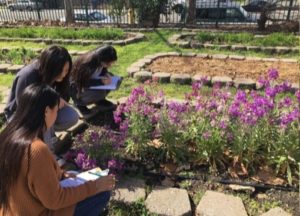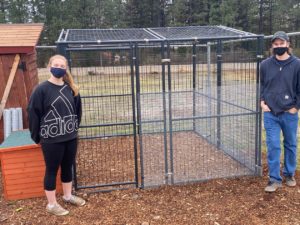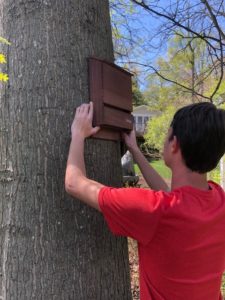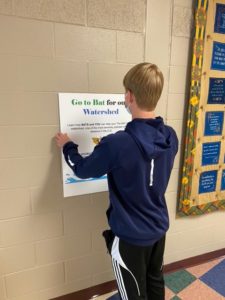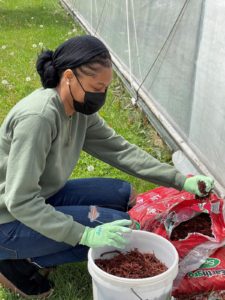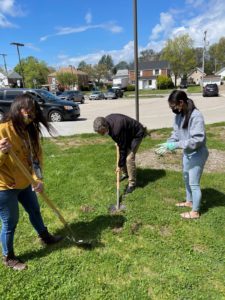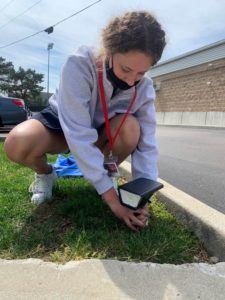2021, Sacramento, CA, USA
Erica Siriouthay Jaephin Vue, Tayonna Smith, students at Grant High School, are concerned about the decline of pollinators. As they researched the topic, they realized that many people don’t really understand the important role pollinators play in agriculture and the ecosystem as a whole. To address these issues, the team initiated a creative project to raise awareness about pollinators, the threats they face, and how people could help. Realizing that more people were spending time at home during COVID-19 and looking for activities to do with their family during quarantine, the team decided to put together DIY craft kits. Each kit would include eco-friendly, sustainably sourced materials and instructions to make a stuffed, crocheted bee, as well as information about pollinators and a link to a webpage with more info on native bees and pollinator- friendly plants. The team also set up an Instagram where kids could post pics of their completed bees and create a “buzz” around the topic of pollinators. The kits, called “Bumbable” (combo of “Bumblebee” and “capable/ sustainable”) provide parents and children with a fun, hands- on project that introduces an important environmental issue.
